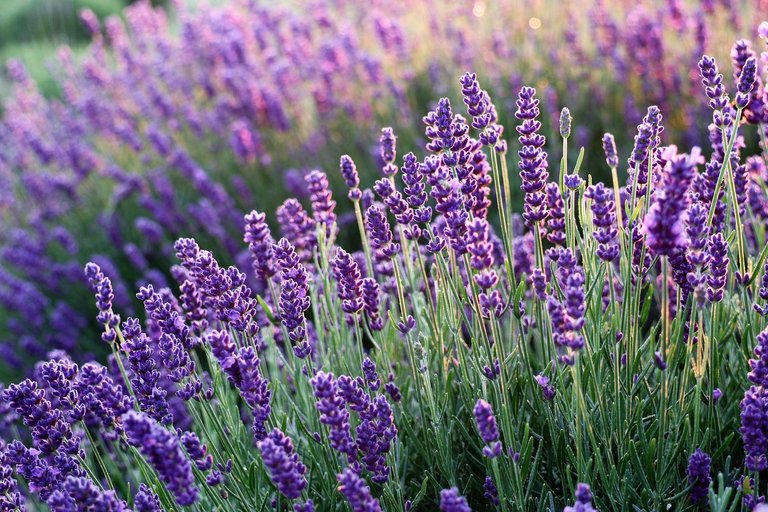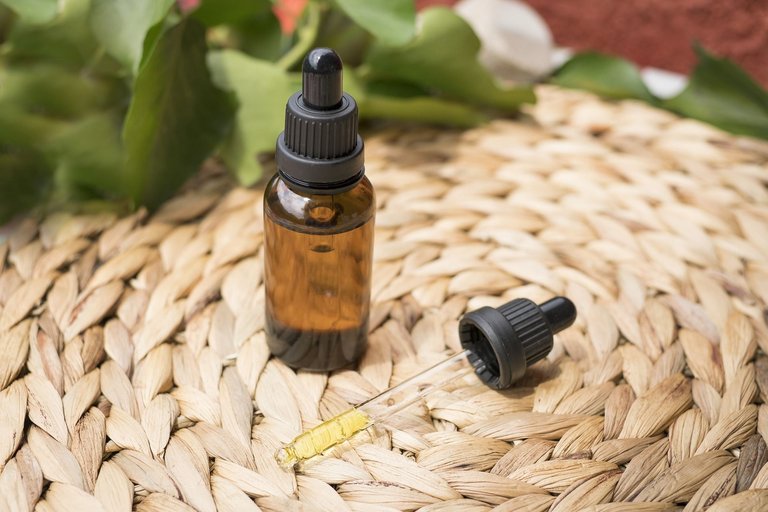Good morning everyone, today I would like to share with you my personal experience in using lavander as a phytotherapeutic remedy.

Description: evergreen shrub.
Minimum cultivation temperature: -15 °C.
Balsamic period: June.
Toxicity: low, but high doses can cause drowsiness. Do not take Lavandula angustifolia supplements during pregnancy and breastfeeding, always consult a doctor before taking herbal preparations based on this plant.
Beneficial properties: carminative, sedative, cholagogue and choleretic.
Confirmed activities: repellent, medium germicidal essence and melliferous plant.
Active ingredients: linalool, geraniol, borneol, valerianic aldehyde and camphor.
PREPARATIONS
Infusion: prepared with 1.5 g of flowers and 1.5 g of dried leaves per 100 ml of water for the carminative function.
Officinal tincture: prepared with 5 g of flowers and 5 g of dried leaves, chopped, macerated for 21 days in 100 ml of 62° hydroalcoholic solution. The filtrate can be preserved for 3 years, 30 drops per day for sedative, cholagogue and choleretic functions.
NOTES
The yield of essential oil from the flowers in a steam current is about 1%.
In Italy it is present discontinuously along the entire Tyrrhenian coast, with the exception of the islands. It is interesting to note that in Liguria the lavandin is more present, a similar species that has an essential oil yield up to four times higher but whose scent is less refined.
Buongiorno a tutti, oggi vorrei condividere con voi la mia esperienza personale nell'utilizzo della lavanda come rimedio fitoterapico.

Foto di Erin Stone da Pixabay
Descrizione: arbusto sempreverde.
Temperatura minima di coltivazione: -15 °C.
Periodo balsamico: giugno.
Tossicità: bassa, ma dosi elevate possono causare sonnolenza. Non assumere integratori di Lavandula angustifolia in gravidanza e allattamento, consultare sempre un medico prima di assumere preparati fitoterapici a base di questa pianta.
Proprietà benefiche: carminativo, sedativo, colagogo e coleretico.
Attività confermate: repellente, essenza germicida media e pianta mellifera.
Principi attivi: linalolo, geraniolo, borneolo, aldeide valerianica e canfora.
PREPARAZIONI
Infuso: preparato con 1,5 g di fiori e 1,5 g di foglie essiccate per 100 ml di acqua per la funzione carminativa.
Tintura officinale: preparata con 5 g di fiori e 5 g di foglie essiccate, tritati, fatti macerare per 21 giorni in 100 ml di soluzione idroalcolica 62°. La conservazione del filtrato è pari a 3 anni, 30 gocce al giorno per le funzioni sedative, colagoghe e coleretiche.
NOTE
La resa in olio essenziale dei fiori in corrente di vapore è circa l‘1%.
In Italia è presente in modo discontinuo su tutta la costa tirrenica, a esclusione delle isole. È interessante notare che in Liguria è più presente il lavandino, una specie simile che ha resa in olio essenziale fino a quattro volte superiore ma il cui profumo è meno raffinato.
Sources - Fonti :
https://erbeofficinali.org/dati/q_scheda_res.php?nv_erba=LAVANDA
https://www.erbecedario.it/it/lavanda
!discovery 30
This post was shared and voted inside the discord by the curators team of discovery-it
Join our Community and follow our Curation Trail
Discovery-it is also a Witness, vote for us here
Delegate to us for passive income. Check our 80% fee-back Program